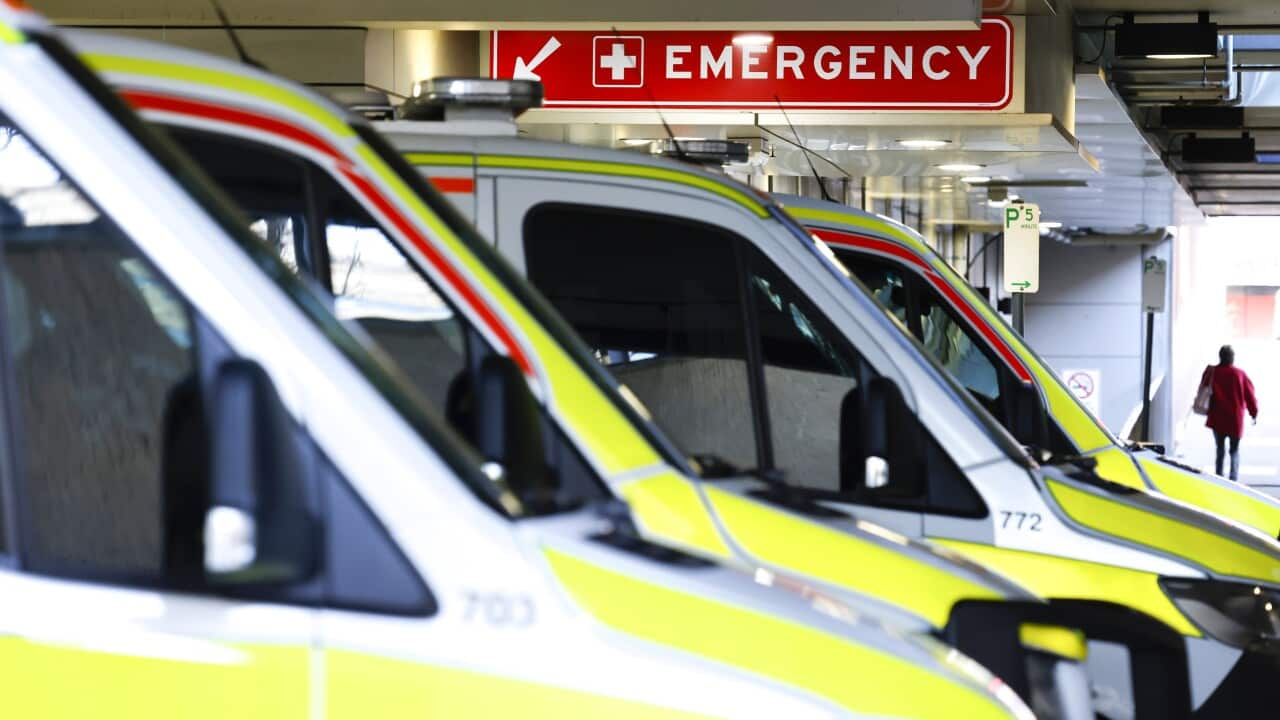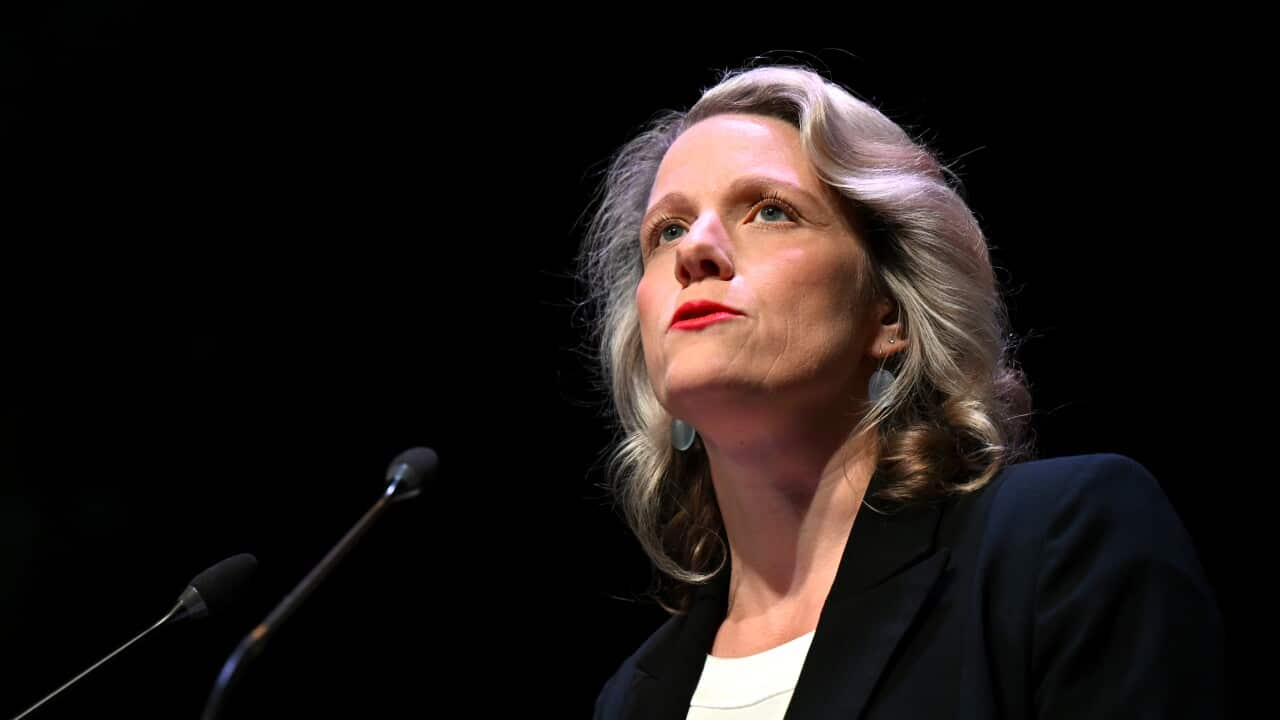Key Points
- Health Minister Mark Butler announced the annual private health insurance premium increase last month.
- He said the average premium rise is still less than annual wage and inflation increases.
- Private health provider NIB has defended hikes above the federal figure, citing the increased costs.
Private health insurance premiums are set to rise for almost 15 million Australians today, the biggest increase in five years.
The federal government approved an average industry premium rise of 3.03 per cent last month, with hikes varying depending on the provider.
Health Minister Mark Butler said the rise in private health insurance was below the annual rise in wages.
So, how much will your private health insurance rise and how can you soften the cost-of-living hit?
By how much are private health insurance premiums increasing?
The increase in 2024 is slightly higher than the rise of 2.9 per cent in 2023 and 2.7 per cent in 2022 and 2021.
Premiums for NIB customers will go up by 4.1 per cent, BUPA will have a rise of 3.61 per cent, 3.95 per cent for HBF, while Medibank Private will pass on a 3.31 per cent increase.

He explained that premiums remained lower during COVID because fewer elective surgeries went ahead, adding that these have now resumed.
What is the main reason health insurance premiums are rising?
Put simply, Mickenbecker said the cost of providing health care has gone up.
"We've had inflation running at 4 per cent, so it's not surprising that costs of doing business and supplies have gone up ... insurers have to put their premiums up," he told SBS News.
The insurance premiums paid by Australians need to cover any increase in wages and the cost of medical equipment and procedures available through private hospitals.
Butler said the increase in private health premiums remains below the cost for other insurance products, which rose by around 17 per cent in 2023.
What have private health insurers said about price rises?
Health insurers had reportedly asked for an annual increase as high as 6 per cent late last year, which Butler rejected in light of the competing cost of living pressures Australians are facing.
Several providers have faced criticism that they are lifting prices for some policies by more than the approved rate. NIB announced a 4.10 per cent increase on Tuesday.
However, NIB's CEO and managing director Mark Fitzgibbon said the increase reflects the rise in health and medical treatment costs post-COVID.
"We’re doing our very best to maintain affordability yet spending is growing across health care, driven by an ageing population, the rise of chronic conditions and the cost of new technologies," he said in an ASX announcement.
"We’re not sitting back passively responding to inflationary pressure by just lifting premiums. We have a range of new measures designed to help members maintain good health as well as reduce out-of-pocket expenses."
How does the premium increase compare to inflation?
The rise in private health insurance premiums remains below those of wages and inflation, which increased by 4.2 per cent and 4.1 per cent, respectively, in 2023.
How can you save money on your private health insurance?
Mickenbecker warned Australians not to drop their insurance but instead search out better-priced policies with similar inclusions.
There are bands within the tiers — basic, bronze, silver and gold — and it's worthwhile shifting to the lower end of your tier if it still fulfils your health needs, he explained.
For example, a family can save almost 10 per cent if they move from a premium silver policy to a lower silver policy.
The savings from moving down a tier altogether are "much, much greater" but consumers should be wary of the inclusions that they will lose from any changes.
Why do premium increases vary across different providers?
The Commonwealth is tasked with ensuring that the public and private sectors work side by side to provide for all Australians.
As well as assessing the average annual premium increase , the Department of Health approves premium increases under the Private Health Insurance Act 2007.
Health insurers submit details of their proposed increases, demonstrating the claims history on the policy, how it stacks up against the premium and expected claims over the next 12 months.
Mickenbecker said the industry is tightly regulated and analysis is conducted at a policy level. He notes that each provider sets a different increase as they balance their customer base and claim projections.
The health minister must approve these before an insurer can apply a hike and pass it on to consumers.
- with additional reporting by AAP













